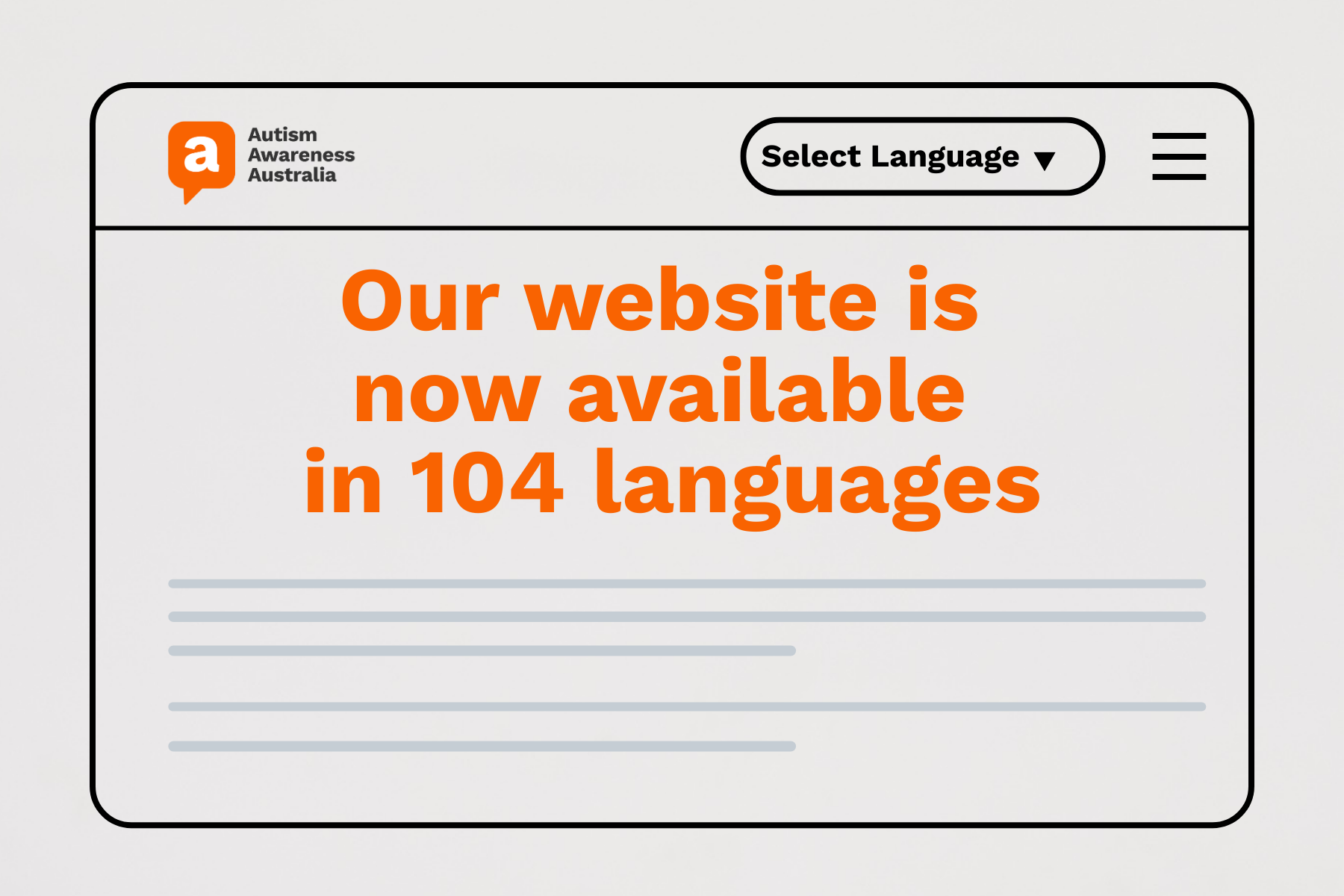Transitioning & supporting your child at school

Once you’ve decided on a school, when it comes to the enrolment process, the more information you provide the school the better.
This includes the original diagnosis as well as any assessment reports such as those prepared by your therapist for NDIS applications and meetings. Your child’s school will need as much information as possible to gain a full understanding of their needs to be able to plan strategies to meet those needs.
Transitioning to school
Transitioning from daycare to primary school, and from primary school to high school are big changes that require preparation.
Some schools suggest transition plans for autistic children, but it is best to make this a collaborative process. Listen to the school’s ideas and explain yours. Together you can come up with the best plan for your child.
Ideas include:
- Talking about the school with your child
- Make a social story
- Visiting the school website together
- Driving past the school at various times, arrival in the morning, during the day when it is quieter
- Requesting a formal or informal school tour for you both
- Purchasing uniforms and school equipment early and using them at home, especially hard to open drink bottles and lunchboxes
- Meeting relevant teaching staff ahead of the school year starting
- Visiting your child’s classroom and setting up their desk before class beings
- Designing a morning routine and practicing it before school begins
Involve your various therapists in your child’s transition to school. Most schools will be very happy to be able to access this kind of expertise, particularly if they have not had much experience with autistic children.
Supporting your child at school
Communication
Be proactive. Communicate early and clearly with your child’s school about how their needs will be met, and how those resources can be accessed. If the school doesn't know how to access additional funding, help them find out.
Support can take the form of teacher’s aides in the classroom, extra teacher’s resources and most schools have additional learning activities in small groups. It’s better to ask for everything and work backwards from there. The level of support your child will need can change over time but knowing what the school can access is an important part of planning for a successful school experience for your child.
Funding
Schools are able to apply for integration funding if needed to help support children with autism. The relevant department of education in each state and territory has a range of criteria students need to meet to access that funding.
Integration funding isn’t always approved for a stand-alone autism diagnosis, so provide the school with as much medical information as possible, in particular other diagnosed conditions that will impact your child’s school experience.
Individual Education Plans (IEPs)
An Individual education plan (IEP) is a written plan that outlines your child’s goals and explains how they will be met. You will meet and discuss the path forward for your child in school and regularly review their progress.
Goals set out in your child’s IEP should be SMART goals, SMART stands for:
- Specific: The goal should be clear and concise.
- Measurable: The goal should be measured, concrete and observable.
- Agreed: The goal should be agreed by the team(teacher, student and family.
- Realistic: The goal should be achievable for the student's capability.
- Time-bound: Have specific timeframes to start and review.
These can include academic goals such as reading, writing and social or behavioural objectives. Your child’s school will guide you in their initial IEP and as you become more familiar with the process you can contribute more, more often. It is a special moment to look at past IEP’s and see how far your child has come. No goal is too big or too small.
Using supports at school
It can take time for schools, particularly state-run schools, to access additional funding to support autistic students. In the meantime, you can stagger your child’s start at the school until the supports are in place or include your child’s existing therapists through NDIS funding to help bridge the gap.
NDIS funding cannot be explicitly used to fund supports for your child’s school education. But by working in partnership with your school you should explore ways to integrate your child’s NDIS plan into their daily routines at school.
For more information and resources about autism and schools please visit Autism Awareness Australia’s School section or Autism: What Next? School resources.






